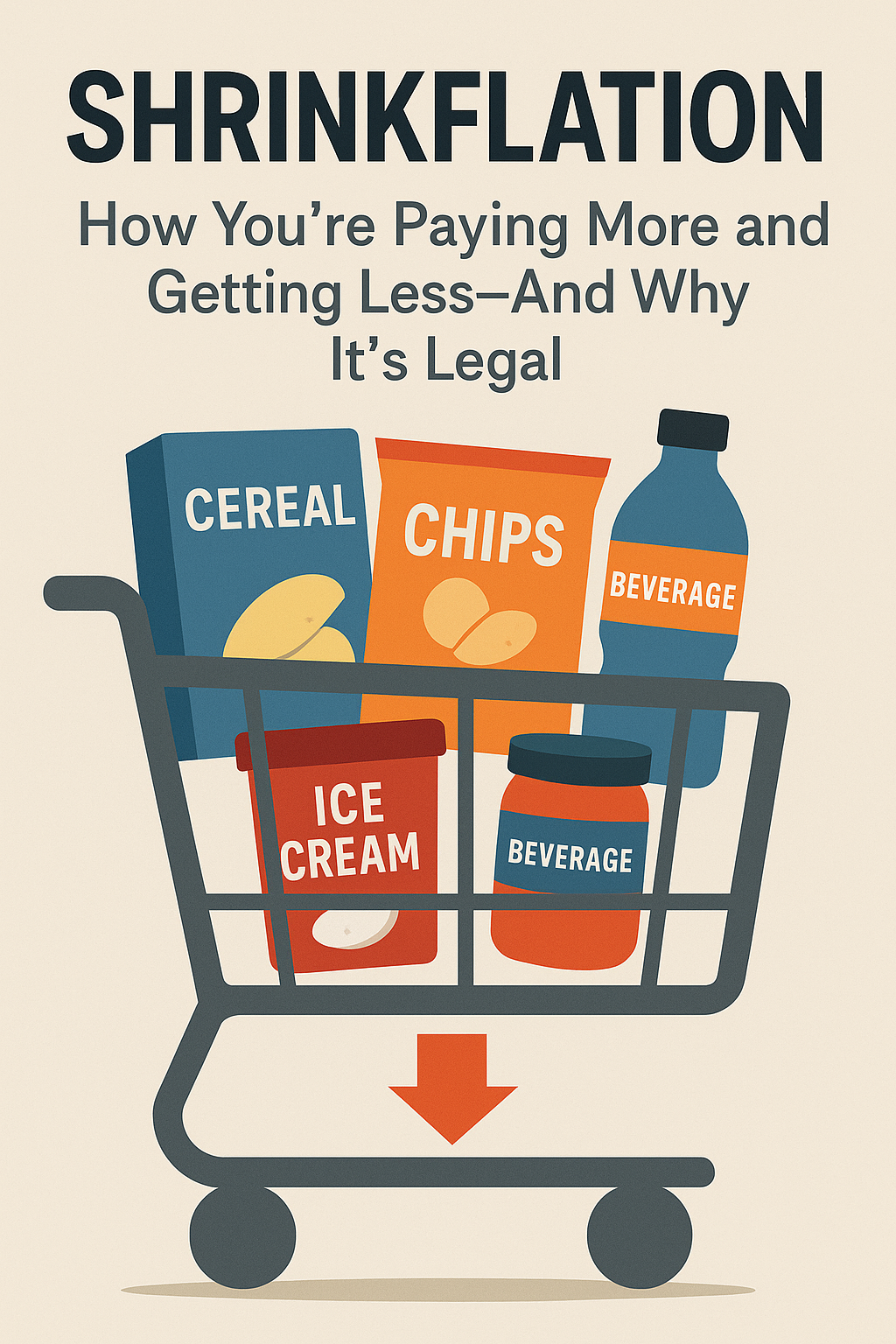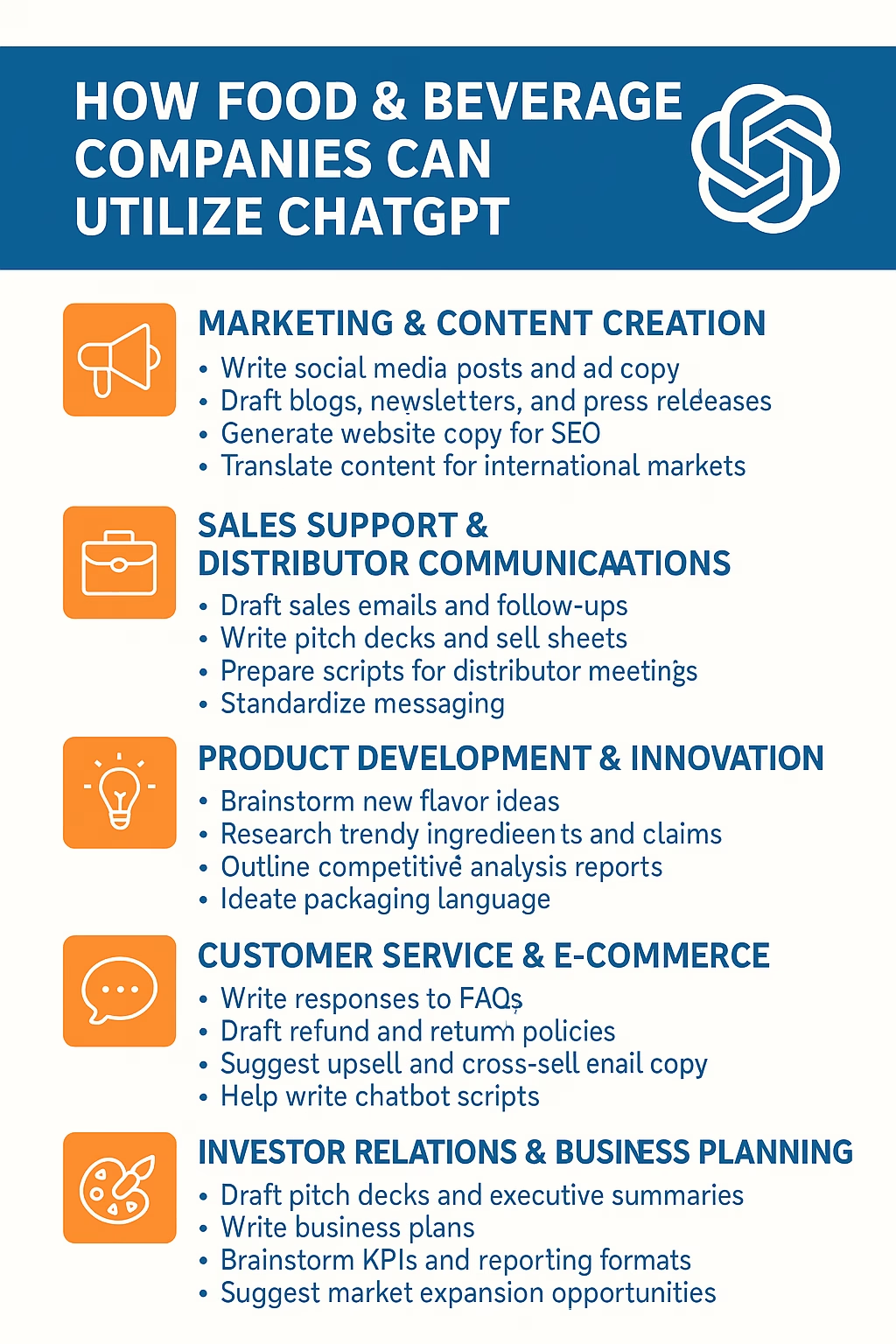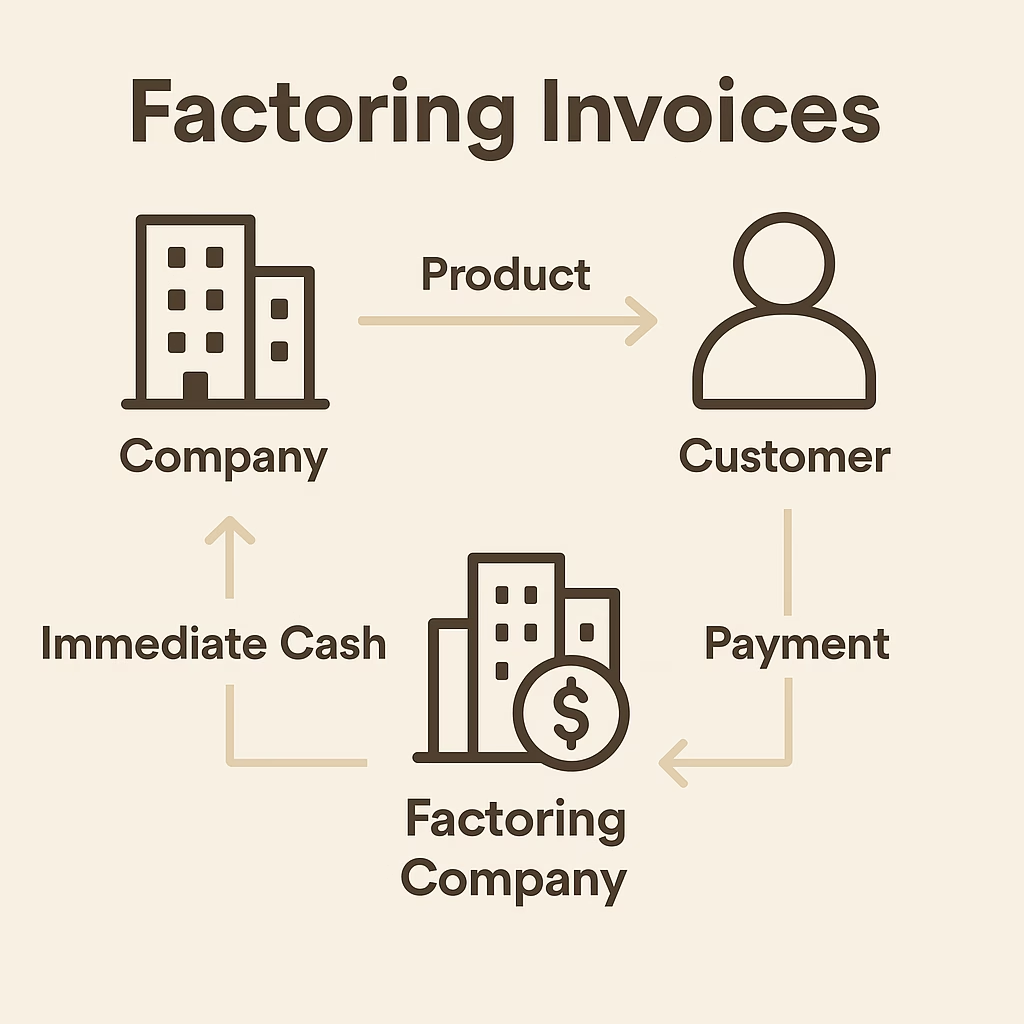Open a bag of chips, unbox a frozen lasagna, or unwrap your favorite ice cream bar today, and you might…
How to Shoot Yourself in the Foot: A Masterclass for Food & Beverage Brands Entering the U.S.
So, you’ve got a food or beverage brand and you’re ready to conquer the U.S. market. Congratulations! Now, let’s talk about the foolproof ways to make sure your product never sees success. If you follow these steps, you’ll ensure wasted time, money, and effort—because who wants to listen to industry experts anyway?
Step 1: Ignore Market Research and Gut-Check Everything
Why waste time understanding your competition, consumer demand, or pricing models when you can simply “go with your gut”? After all, if you and your friends love the product, the entire country will too! Americans definitely have the same taste preferences as your hometown market. That’s why all international brands succeed immediately without adapting, right?
Step 2: Insist That Retailers and Distributors Will Beg for Your Product
Just assume every major retailer will roll out the red carpet for you the second they hear your brand name. Never mind that buyers receive thousands of pitches a year and that distributors prefer brands with proven velocity. Your product is different. It’s revolutionary. They’ll clear shelf space for you in seconds. No need to prove anything.
Step 3: Price Your Product Based on What You Think It’s Worth
Cost analysis, margins, and competitive pricing? That’s for rookies. You know your premium kombucha-infused, gold-dusted coconut water should be $10 a bottle. The average consumer will totally pay for it without hesitation. And if they don’t? Well, it’s their loss.
Step 4: Assume Your Brand Name and Packaging Are Perfect
Your brand name doesn’t need to be easy to pronounce, spell, or remember. And why hire professionals to create packaging that follows industry standards? Your cousin’s Photoshop skills should be more than enough. After all, people buy food based on inner energy, not external appeal. (P.S. Bonus points if your design is so confusing that no one can tell what you’re selling.)
Step 5: Don’t Worry About Distribution or Logistics Until After You Get Orders
You’ll figure out how to produce, store, and ship thousands of units after Whole Foods places a nationwide order. Inventory planning? Expiry dates? Freight costs? No big deal. It’ll all work itself out. Logistics are just a detail—like a seatbelt on a plane.
Step 6: Ignore Retailer and Distributor Requirements
Who cares that distributors require marketing dollars, promotional pricing, or exclusivity clauses? And retailers asking for slotting fees? That’s obviously a scam. Just tell them you’re “not interested in playing that game.” They’ll respect your principles and definitely won’t replace your product with one from a brand that follows industry norms.
Step 7: Rely on Social Media Alone to Sell Your Product
Forget about actual sales teams or retail promotions—just put all your money into Instagram and TikTok ads. Because a viral video of someone drinking your beverage once will guarantee long-term retail success. Everyone knows that influencer posts automatically convert into national chain authorizations.
Step 8: Refuse to Pivot or Take Advice
The best way to show your business acumen is to reject every piece of feedback from industry professionals. When experienced people say, “This category is extremely competitive,” just assume they don’t understand your unique approach. When they suggest tweaking your product, tell them they don’t get it. Because obviously, you know better than people who have been selling in this market for decades.
Step 9: Expect Overnight Success and Give Up Quickly When It Doesn’t Happen
When your brand isn’t in every major retailer within six months, assume the U.S. market just “isn’t ready” for your genius. Forget that even successful brands take years to scale. If it doesn’t work immediately, blame the system, pack up, and move on. After all, patience and persistence are overrated.
Step 10: Ignore Category Review Calendars and Reset Schedules
Who needs to follow boring retailer category review calendars or reset schedules? Your brand is special and doesn’t need to follow the rules like everyone else. Just assume that buyers will make an exception for you and squeeze you in whenever you’re ready. And if they don’t? Clearly, they don’t recognize true innovation when they see it.
Conclusion: The Path to Failure (or Avoiding It)
If you follow these steps, you’ll ensure that your brand remains an industry cautionary tale. But if for some reason, you actually want to succeed, maybe—just maybe—consider listening to those who have done it before. Understand the market, price your product competitively, invest in branding and distribution, and for the love of all things shelf-stable, take expert advice.
Or don’t. It’s your foot to shoot.







